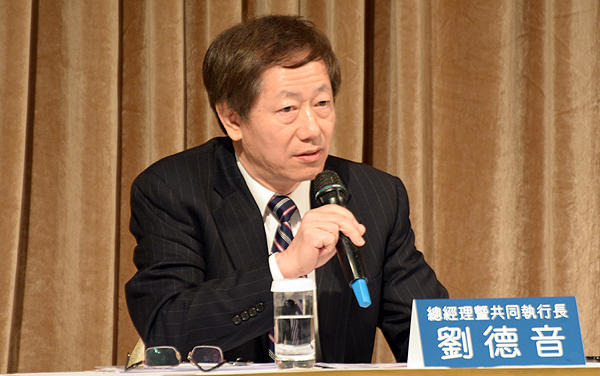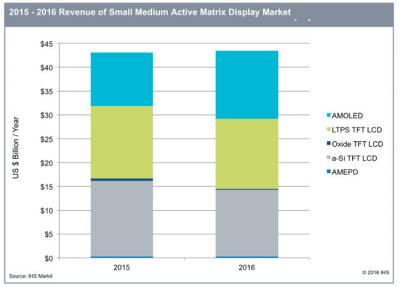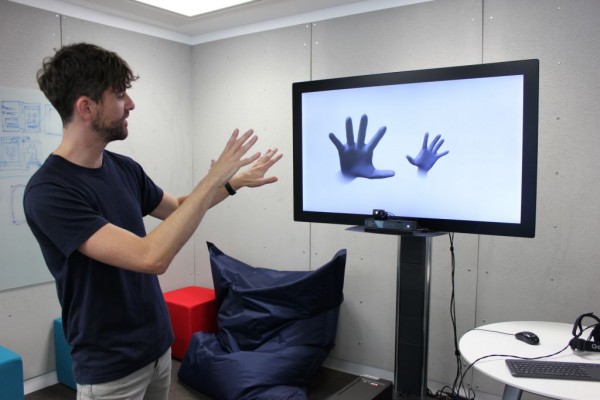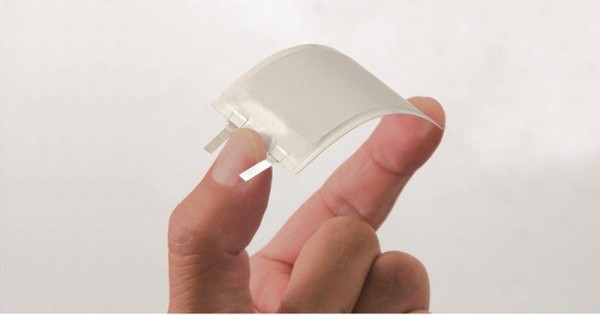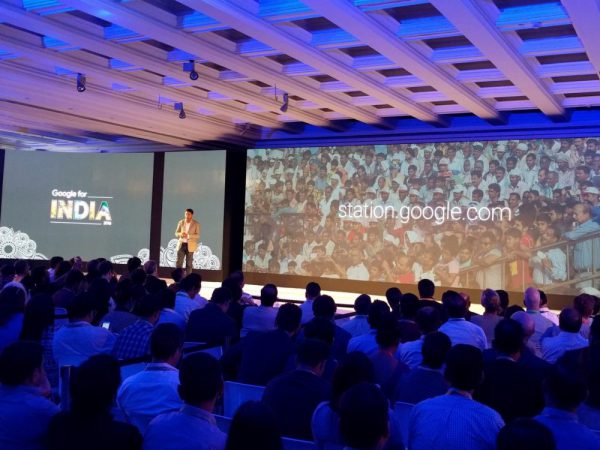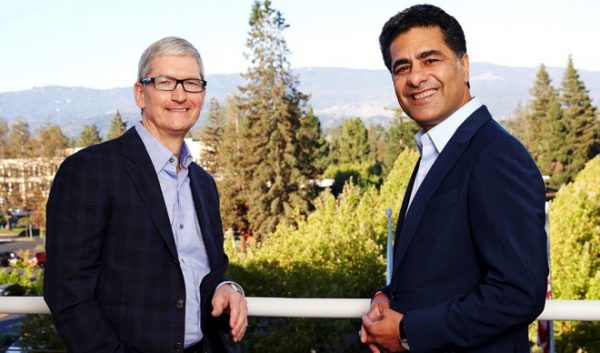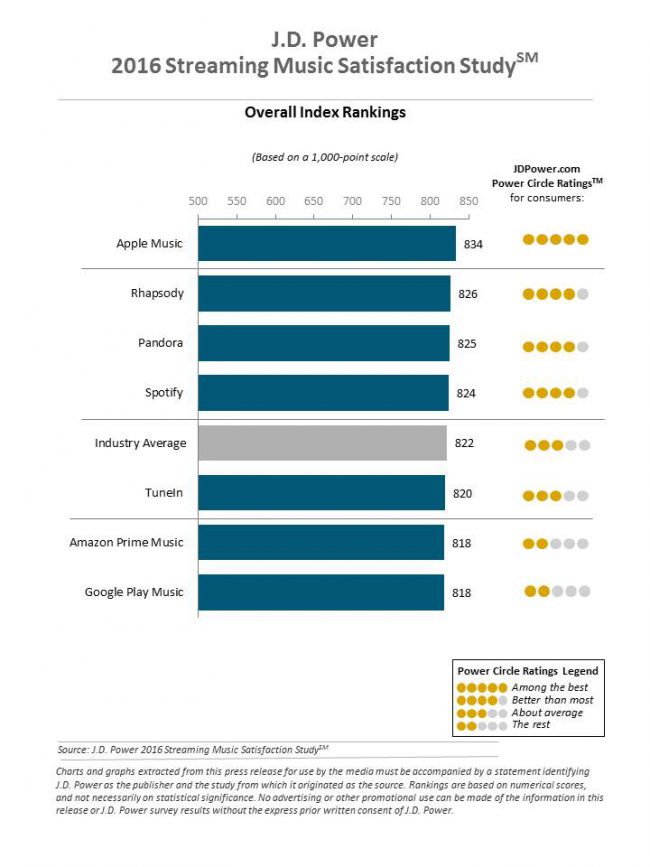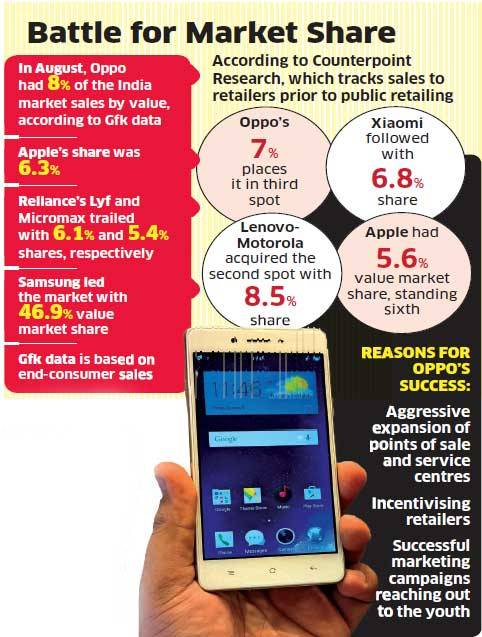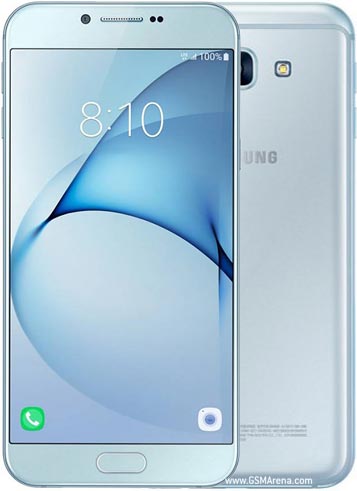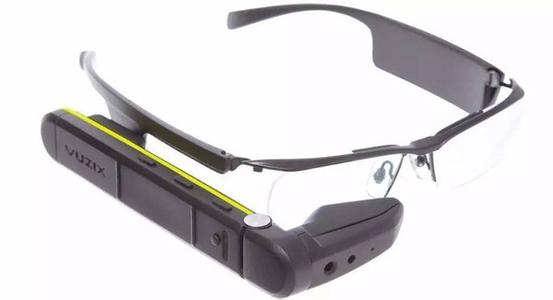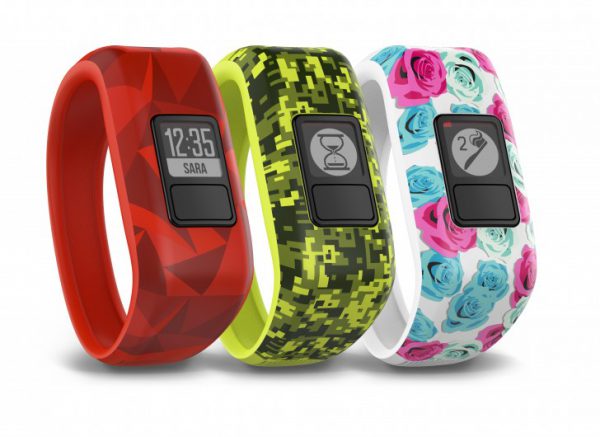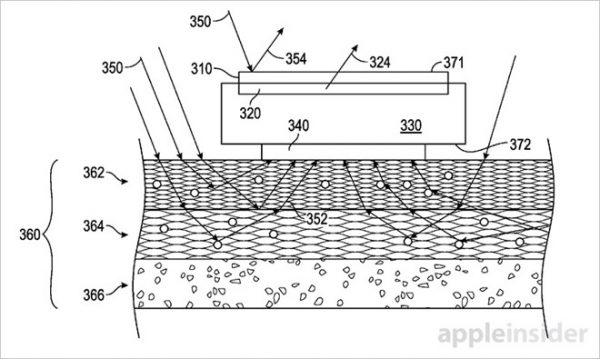
10-1: Happy National Day to China – Sharp to invest JPY54.7bln in OLED; JDI may release a portion of its shares to Sharp; Qualcomm reportedly to acquire NXP; etc.
|
Chipset |
| Qualcomm is reportedly in talks to pick up semiconductor company, NXP Semiconductors NV, and the payment would be more than USD30 billion. (Android Headlines, WSJ, Reuters, UDN, TechNews) |
| TSMC CEO Mark Liu declared that 16nm chips have been in production by the company for some time, and research and development for a 5nm process is well underway. Additionally, the 3nm process has entered initial research phases with 300~400 engineers working on the project. Liu also reports a plan has been developed to bring in academics for development of 2nm processes. (Apple Insider, Asia Nikkei, CN Beta) |
|
Touch Display |
| According to Samsung President and Chief Strategy Officer Young Sohn has confirmed that the company is indeed looking at all-in-one VR solutions, but it seems that the company is in a bit of a wait-and-see period regarding how it approaches the form factor. Sohn also notes that the cost of building a 10K mobile display would likely require an investment around USD5~10 billion. (Android Headlines, TechCrunch, Android Authority, Leiphone, Sohu, TechWeb) |
| In a patent application titled “Ambient light sensing through the human body”, published by the U.S. Patent and Trademark Office, Apple notes traditional ambient light sensing (ALS) technology relies on sensors embedded beneath a front-facing display. It enables True Tone display technology by measuring ambient light through a user’s skin. (Apple Insider, USPTO, 163) |
| Japan Display (JDI) may release a portion of its shares to Sharp, now a subsidiary of Foxconn Electronics, allowing Foxconn to indirectly land display panel orders from Apple. (Digitimes, press, OfWeek, gFan) |
| Sharp has announced plans to invest JPY57.4 billion (about USD568 million) in its OLED business as soon as 2Q18. (Apple Insider, Reuters, iFeng) |
| Revenues from active matrix (AM) small- to medium-size displays (9” or smaller), including TFT LCD, OLED, and electrophoretic displays (EPD), are expected to reach USD43.4 billion in 2016, according to IHS. Although revenue growth has been flat since 2015, small- to medium-size AMOLED display revenues are expected to reach USD14.3 billion in 2016, closing in on LTPS displays (USD14.7 billion) and surpassing a-Si ones (USD14 billion). (Digitimes, press, OfWeek, EEPW, FPDisplay, OLED-Info) |
|
Sensory |
| Microsoft’s hand tracking tech, named Handpose, could help humans interact with virtual environments more naturally. A Kinect sensor captures the depth information, which the Handpose software turns into a cloud of data points it then fits into a mesh model of a hand (there are several models to suit different hand sizes). (CN Beta, Motherboard) |
|
Battery |
| Northwestern University has created a material called a covalent organic framework (COF), which is a crystalline organic structure featuring a number of pores suitable for storing energy. They added to that framework a conductive polymer, and the result is a “modified redox-active COF”, which believes can combine the benefits of batteries and supercapacitors, both of which are required in electric vehicles. (CN Beta, CNET, Northwestern University, Clean Technica) |
| Panasonic is introducing new flexible lithium-ion batteries. While still in the early stages, the batteries are 0.55mm thick, with a bendable radius of 25mm, and maximum twist angle of up to 25°. (CN Beta, Phone Arena, The Verge, Panasonic) |
| Leadtrend Technology has enjoyed rising shipments of fast-charging solutions for mobile devices, which boosted its Aug. 2016 revenues to a record NTD126 million (USD4.02 million). Following MediaTek’s acquisition of Richtek Technology, Leadtrend has shifted its support to Qualcomm’s Quick Charge technology and the efforts started to bear fruit in 3Q16. (Digitimes, press, Laoyaoba) |
|
Connectivity |
| Google has announced the Google Station Wi-Fi platform, a platform built specifically for India aimed at expanding access to the Internet for users in India. Inspired by the success of the partnership with RailTel and Indian Railways to provide Wi-Fi at railway stations in India, Caesar Sengupta, Vice-President, Next Billion Users, announced the new platform. (Android Authority, YeSky, Youth, iFeng) |
| The USB Implementers Forum (USB-IF) announced it has done creating an USB audio technology that will let the widely used USB port handle headsets and microphones. USB audio new version 3.0 of the standard ensures USB-connected headphones will not significantly hurt phone battery life and codifies details like how a pause button on your earbuds will work. (CN Beta, CNET, USB) |
| Development of TD-LTE, in comparison with that of FDD LTE, has been faced with some disadvantages, mainly because few globally first-tier mobile telecom carriers have adopted the technology, 80% of TD-LTE subscribers around the world are in China, and total bandwidth of frequency band units assigned for TD-LTE operation is 52.7% of that for FDD LTE operation, according to Digitimes Research. (Digitimes, press, OfWeek) |
|
Smartphones |
| Apple continues to move into enterprise information technology, with a new partnership with Deloitte formed to help businesses utilize the iOS ecosystem of hardware, software and services in the workplace. (Apple Insider, CN Beta, Apple) |
| Apple is using an office in Israel to develop hardware for the “iPhone 8”, which is expected to be released next year with a radical redesign, according to an employee at the site. It suggests that it will have an edge-to-edge display that removes the need for the top and bottom bezels where features like the fingerprint sensor and the front-facing camera are located. (CN Beta, Business Insider, CNET) |
| Pegatron chairman Tung Tzu-hsien notes that Apple iPhone 7 is exceeding estimates on the strength of the phone alone, and does not believe that the Samsung Galaxy Note 7 recall is inflating sales numbers artificially. (Apple Insider, Asia Nikkei, 163, iFeng) |
| Apple Music took the top spot for customer satisfaction in J. D. Power’s inaugural study of paid streaming music services. The survey measured satisfaction among customers who used a subscription streaming music service in the last 6 months. (CNET, CN Beta, Mac Rumors, JD Power, press) |
| Apple has set up its first R&D center in China in Beijing’s Zhongguancun Science Park, according to a statement issued by the Zhongguancun Park Management Committee. (Digitimes, press, ZOL, 163) |
| Vahé Torossian, president of Microsoft France, said that Microsoft is now moving away from the consumer market in mobile, trying to concentrate more on businesses in the coming years. (CN Beta, Win Beta, Softpedia) |
| Samsung has officially announced that 1 million customers around the world are now using safe Galaxy Note 7 handsets, as the worldwide recall moves into its final stages. (Android Authority, Reuters, GSM Arena, 163, ChinaZ) |
| In Aug. 2016, OPPO had 8% of India market sales by value as opposed to Apple’s 6.3% in India, according to Gfk data. Reliance’s Lyf and Micromax trailed with 6.1% and 5.4% shares, respectively, while Samsung led with 46.9% value market share in India during the month. (CN Beta, Indian Express, India Times) |
| Samsung Galaxy A8 (2016) is official – 5.7” FHD Super AMOLED display, Samsung Exynos 7420 processor, 16MP + 8MP cameras, 3GB RAM, 32 / 64GB storage, Android 6.0, LTE, fingerprint sensor, 3300mAh battery, priced at KRW649,000. (CN Beta, GSM Arena, Sam Mobile) |
|
Wearables |
| Vuzix Corporation – leading supplier of smart glasses and AR / VR technologies – has announced that it has begun shipping Design Validation Test (DVT) units of the Vuzix M300 smart glasses to VIP developers and select enterprise customers. (Android Headlines, Street Insider, PR Newswire) |
| Garmin has announced a new fitness tracker for children aged 4~9, Vivofit Jr. The Vivofit Jr. has a one-year of battery life, as well as water resistance, sleep monitoring and step counting. (GSM Arena, Garmin) |
|
Internet of Things |
| Officially titled the “Partnership on Artificial Intelligence to Benefit People and Society”, the group’s stated goals are to pool resources and develop interoperability for the future of AI technology. The group members include Amazon, Facebook, Google, IBM, and Microsoft. (Apple Insider, Partnership on AI, 163) |
